Ledebouria purpurea
Ledebouria purpurea Hankey
Family: Hyacinthaceae
Common names: purple-flowered African hyacinth
Introduction
Miniature bulbous plant with glossy bright green, fleshy leaves and bright purple flowers.
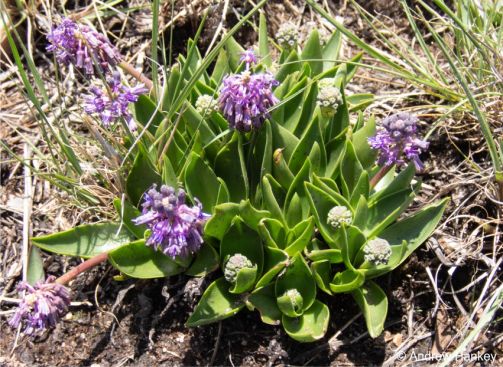
Fig. 1. Ledebouria purpurea plants usually grow gregariously, in small or large groups. Steenkampsberg. Mpumalanga.
Description
Description
Dwarf, deciduous bulbous plant with glossy green leaves occurring in densely packed mats (rarely solitary) forming large clusters comprised of many hundreds of tightly packed individuals proliferating from seed and bulbils which develop at the base of the parent bulb. The leaves are produced in summer and may be spreading to somewhat erect, glossy green very rarely with spots on the upper surface. The flower stalk emerges in early summer with the leaves and is topped with bright purple flowers followed by the development of green seed capsules which shrivel to reveal the dark coloured wrinkled seeds which are dropped around the base of the mother plants.
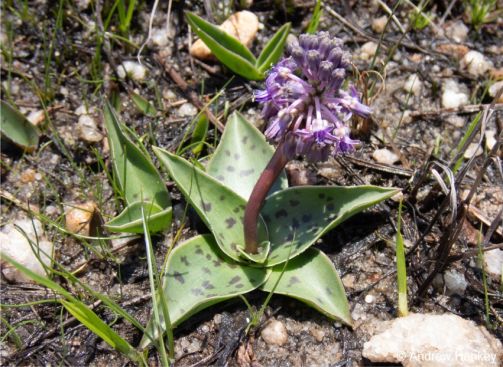
Fig. 2. A rare spotted Ledebouria purpurea individual.
Conservation Status
Status
Ledebouria purpurea has not been formerly assessed for the South African Red List, however the authors of the species proposed that it may qualify for Critically Rare according to the South African conservation statuses used by Raimondo et al. (2009), due to the highly restricted range of the species.
Distribution and habitat
Distribution description
This species is only known from one mountain range in the Mpumalanga province, where it is regarded as a narrow endemic. The species occurs in montane grassland at the edge of rock sheets, growing in shallow gravelly soils which are well drained but often inundated for extended periods during the summer months and usually very dry during the deciduous winter period.
In habitat the species experiences high rainfall, mostly during the summer months, as well as frequent mist due the high altitude. With little to no rain in the very cold, dry winter season. The species is completely dormant in winter when the temperatures can regularly reach below freezing and frost may be frequent.
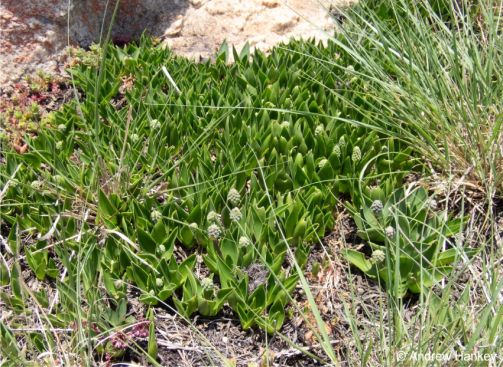
Fig. 3. Under ideal conditions Ledebouria purpurea plants form extensive mats comprised of hundreds of individuals.
Derivation of name and historical aspects
History
The species was named by the author in 2024, although it has been known for many years and was never assigned a name. The species is named purpurea (Latin) after the rich purple flowers. The genus Ledebouria is named after a German-Estonian botanist, Professor Carl Friedrich von Ledebour (1785–1851).
The centre of diversity for the genus is over the eastern parts of South Africa, most notably in the Mpumalanga province. However the genus occurs from the Cape of South Africa across southern Africa stretching mostly up the eastern side of the continent into India, with one species each on the islands of Socotra and Madagascar.
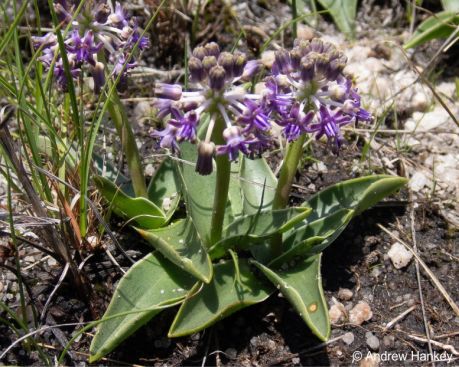
Fig. 4. Bright purple flowers and succulent leaves with boat shaped tips characterize the species Ledebouria purpurea.
Ecology
Ecology
Hankey & De Castro (2024) suggested that current knowledge of this species indicates that it is restricted in its range by altitude. This species has so far only been recorded occurring between the altitudes of 2 151 m.a.s.l. to 2 303 m.a.s.l. which is close the highest point in Mpumalanga.
The species is open pollinated, meaning it is pollinated by many visiting insects. The tiny dark blackish seeds are produced quickly after the flowers and released around the base of the mother plant. Venter (1993) conducted research on other Ledebouria species suggesting that the seeds are spread by water wash.
Uses
Use
There are no known or recorded uses of this species.
Growing Ledebouria purpurea
Grow
This species is easily maintained in cultivation, it prefers a cool climate and can be planted in a well-drained quarzitic sandy soil mixture with the addition of sifted well rotted leaf litter or compost and kept in full sun. Watering should be done in summer and can be frequent. In winter the plants should be allowed to dry out completely until the leaves shrivel entirely. Light watering can then be applied once every two to three weeks during the dormant season, just to maintain soil humidity. Ideally the plants should not be lifted during the dormant season, but rather just moved out of the rain. Plants respond well to feeding with organic and inorganic fertilisers, although in their natural habitat they grow in very nutrient-poor substrates.
Propagation is best achieved through seed or division of the bulbs, the species usually proliferates very quickly and will soon fill the pot. Sow the seed as soon as it is produced and still fresh, in a sifted mixture of fine quarzitic sandy soil mixed 1:1 with finely sifted compost, the addition of organic fertilizer can be beneficial, or it can be added after germination once the seedlings have established their first leaf. A general fungicide should be applied to prevent damping off. The seedlings can be transplanted once they are large enough to handle or left until the second growth season.
Plants are susceptible to slugs and snails in cultivation, counter measures can be applied if these pests are noticed to be causing damage to the plants. Mealy bug can be a problem in the crown of the leaves or under the leaves or on the roots, especially if air circulation is poor or plants are kept in confined spaced such as greenhouses or indoors.
References
- Dictionary of botanical epithets. http://www.winternet.com/~chuckg/dictionary.html
- Hankey, A.J. & De Castro, A. 2024. Four new species of Ledebouria Roth. (Hyacinthaceae) from the high altitude grasslands of the Steenkampsberg, South Africa; L. purpurea, L. altopaludosa, L. steenkampsbergensis and L. noritica. Haseltonia 31(1):103–126.
- Jessop, J.P. 1970. Studies in the bulbous Liliaceae in South Africa: 1. Scilla, Schizocarpus and Ledebouria. Journal of South African Botany 36(4): 233–266.
- Venter, S. 1993. A revision of the genus Ledebouria Roth (Hyacinthaceae) in South Africa. Unpublished M.Sc. thesis, University of Natal, Pietermaritzburg.
- Venter, S. 2008. Synopsis of the genus Ledebouria Roth (Hyacinthaceae) in South Africa. Herbertia 62
Credits
Andrew Hankey
Walter Sisulu National Botanical Garden
August 2025
Plant Attributes:
Plant Type: Bulb
SA Distribution: Mpumalanga
Soil type: Sandy
Flowering season: Spring
PH: Acid
Flower colour: Purple
Aspect: Full Sun
Gardening skill: Easy
Special Features:
Horticultural zones
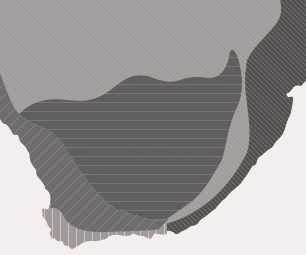








Rate this article
Article well written and informative
Rate this plant
Is this an interesting plant?
Login to add your Comment
Back to topNot registered yet? Click here to register.